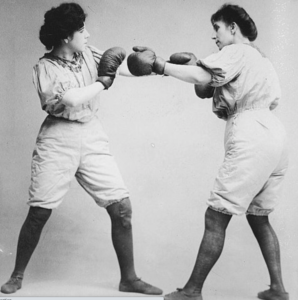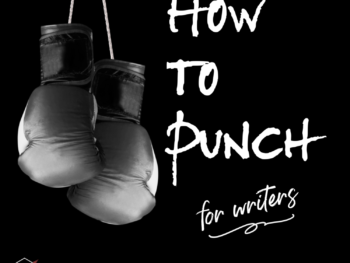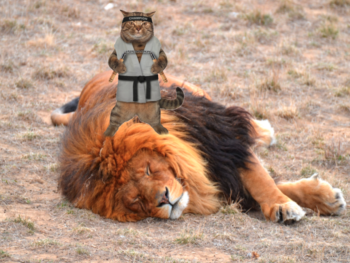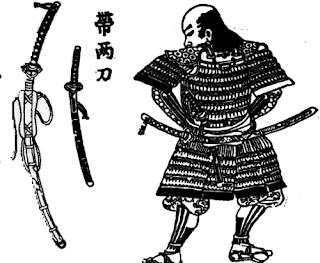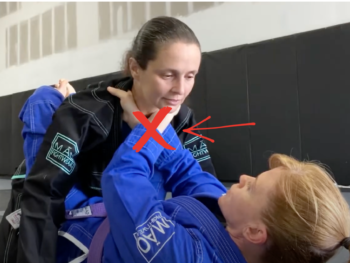In this, the third post in the series of writing a female fighting character, we are going to help you in picking a fighting style for your deadly dame. Or dude. This applies to both. We’re all about equality at FightWrite™. We will punch any gender, any time.
In my book, Fight Write: How to Write Believable Fight Scenes, there’s a whole chapter on how to pick a fighting style for your character. These next few posts will be a condensed version. I also did a podcast on this subject and explained the physics of women fighting men.
When choosing a fighting style for any character, there are a few things you must consider:
Era and Picking a Fighting Style
Appearance of the art/style
The era in which your story takes place will decide a few things for you. For starters, whether a fighting style existed. And, if the fighting style you have chosen did exist, the era will determine how the style looked at that time compared to its modern practice. Boxing, for instance, has gone through quite a few changes in stance.
Effects of clothing
The era of your work will also decide the clothing your character wears. Clothing can inhibit or support a fighting style. So, before you get your Victorian lady kung fu fighting, consider that her
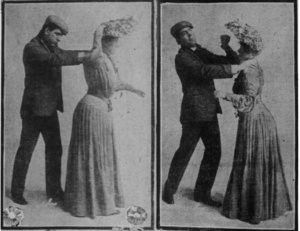
garb might not even allow her a full breath much less a wheel kick. It does, however, lend itself to hiding small weaponry. Daggers can be hidden in mufflers or used as pins in the hair or hats.
Social propriety
On the note of Victorian ladies kicking booty, the era of your work will also determine what fighting style is socially appropriate for your character. Because it would be so socially unacceptable for a Victorian lady to fight, it might be difficult to find anyone willing to teach her. And, even if she does find an instructor, the practice of the art will leave marks on her which will be a huge issue. Women, and men, of high society in the late 1800’s time, want to look as if they do nothing more than stand in one place all day.
Culture and Fighting Styles
Every martial art/fighting style is a product of the culture in which it originated. For example, there is no lion or gorilla style of kung fu because those animals are not indigenous to the region. If your work takes place in an area known for a particular art or fighting style, it’s probably best to stick to that style. If you deviate, your reader needs to understand that departure from the norm.
Avoid technical lingo
Now, if you have read my book or taken any of my classes, you know that I discourage the use of technical fight terminology in your work. Using language with which your reader isn’t familiar isn’t a great idea. You run the risk of losing that reader. It can take a 50 pages to win over a reader but one page to lose them. Don’t take that risk.
HOWEVER, if your work does have a particular martial art that you call by name, you need to get your facts straight. Proper terminology is a must and don’t rely on Wikipedia or what you hear on TV or in movies. Some words have crossed over between the arts. Many gyms are called dojos and uniforms gis although each of those words is actually Japanese. You may hear someone who practices kung fu use those words for the simple fact they are words most people know. And, that may be the words that you should use in your work for that same reason if your setting is modern day. However, even in modern day, you might need to use the words peculiar to the native language of that art. I will talk more about this next week when we discuss geographical location.
If you do not have personal experience with the art form that you want in your work…
One, don’t make it a central focus of your work. Seriously, don’t do that to yourself. It would be like me trying
to write a character who speaks only Welsh when I don’t know a single Welsh word. And, I’ve got to be honest, I’ve seen Welsh words. They can’t be real. I think Wales is just trying to playing a trick on the rest of us. Well, done, Wales. Well done. (I’m part Welsh.)

Two, get an actual book about the martial art/fighting style that you wish to use in your work. Do not rely on the internet. Use an actual book from a reputable source.
Three, if possible, visit a gym where the art/style is practiced. Now, that’s not to say modern practice will be a mirror image of its ancient style. But, it’s a starting point. Also, a visit will allow you the sensory experience of the art. You will see the uniforms, customs, postures and movements. You will also hear the sounds and different arts do have different sounds. Taekwondo, Brazilian jiu-jitsu and boxing all sound completely different. And, between you and me and the candy in my pocket, they smell different. When I do kickboxing, I leave smelling like my sweat. When I do Brazilian jiu-jitsu, I leave smelling like everyone else’s sweat. #trufe
We will go over more in the next post. About 75% of FightWrite™ readers are visiting the blog from their mobile phones – which makes me wonder if I should add a toilet to my logo somewhere. 🤔 Anyway, for mobile readers, shorter tends to be better.
In our next round, we will look at two more things to consider when picking a fighting style. After that, I will have some examples of choosing a fighting style.
UNTIL THEN, here’s a little vintage footage of women fighting as compared to modern practice. Boy, you’ve come a long way, baby!


